

Smartphones have long been portrayed as the ultimate villain by productivity gurus and self-help experts: constant sources of distracting notifications, bottomless scrolling, and digital distractions that derail your goals. Considering that Americans spend, on average, 5 hours and 16 minutes per day on their phones, there could be an argument here.
But here’s the cold, hard truth: your phone isn’t your enemy. You aren’t optimizing its uses.
With the right configuration and knowledge, your smartphone can function as a powerful supercomputer in your pocket, helping you stay on track, not derailing you. It’s not using your phone too much that’s the biggest mistake; it’s passively using it.
Rather than feeling guilty every time you pick up your device, it’s time to master it. Using these ten settings and strategies, you can configure your smartphone to be your most powerful personal productivity assistant, not against you.
1. Master Your Focus Modes (iOS) and Do Not Disturb (Android)
A digital moat is your phone’s biggest productivity upgrade — silently silencing what doesn’t matter while letting through mission-critical communication. There is more to this than just silence; the goal is to protect your most precious resource: your attention.
- iOS users. Apple’s Focus Modes allow you to create tailored work, personal, sleeping, or deep work environments. You can control which apps and, more importantly, which people can breach your digital wall, such as family members or direct managers.
- Android users. Do Not Disturb works similarly. With its flexible whitelisting, you can block distracting social media messages and schedule quiet hours that align with your deepest work hours.
Pro Tip: Set up a “Deep Work” focus mode with a dedicated home screen. It should only allow calls from emergency contacts and calendar reminders. The rest can wait.
2. Leverage Screen Time (iOS) and Digital Wellbeing (Android)
Have you ever wondered where your focus is really leaking? You need to conduct a usage audit. Both operating systems have built-in accountability partners that track app usage, so you can confront the truth.
- iOS Screen Time. You can view detailed, colorful breakdowns of your daily and weekly app usage. To enforce rigid boundaries across your devices, you should use the App Limits feature and the Downtime schedule.
- Android Digital Wellbeing. With its powerful dashboard and App Timers, it restricts passive, low-value overuse.
Pro Tip: Identify your top three time-consuming apps. Each week, even 30–45 minutes of focused work can be reclaimed.
3. The Great Notification Audit: Silence the Chaos
By default, every app is designed to keep you engaged with notifications by a team of highly-paid engineers. The battle for your attention is on, and it’s time to win.
- Be ruthless. Go to your Notification Settings and disable all non-essential alerts. The list includes news apps, games, most social media, shopping alerts, and anything else that isn’t a direct message.
- Keep only direct channels. It is okay to keep email, calendar, and direct messaging apps from family and colleagues, but you should silence the rest. Be sure to turn off banners and lock screen alerts for essential apps.
Pro Tip: You can use “Deliver Quietly” (iOS) or “Silent Notifications” (Android). As a result, the alert will appear in your notification center instead of the lock screen, preventing you from being disrupted by the ping. Rather than checking information on the app’s terms, you check it on your own.
4. Curate Your Home Screen for Intentionality
In a sense, your home screen is your virtual lobby, and how it is laid out influences your habits. As such, seeing Instagram or TikTok first thing when you unlock your phone will lead your brain to the easiest route.
- Decentralize distractions. Put all distracting, time-sink apps (such as social media, games, and streaming services) in a back-page folder or the App Library.
- Prioritize purpose. Create a main screen that features only the most valuable tools. Additionally, consider adding productivity widgets for your calendar, reminders, task manager, or a note-taking app.
Pro Tip: Consider a minimalist layout with only four to six apps on the home screen. A less cluttered visual environment reduces cognitive temptations immediately.
5. Establish a Voice Assistant Capture Habit
The biggest enemy of a good idea is forgetting it. However, using voice commands allows you to quickly capture a thought, task, or meeting detail without interrupting your flow.
- Hands-free capture. You can use Siri, Google Assistant, or Alexa to capture notes and to-dos while walking, driving, cooking, or meeting using your voice.
- Instant control. You can set timers (e.g., for Pomodoro sessions) and alarms instantly without having to navigate an app.
Pro Tip: The simple phrase “Hey Siri/Google, remind me to [task] at [time/place].” keeps your brain clear and prevents vital information from slipping through the cracks.
6. Power-Up with Automation Tools (Shortcuts on iOS, Routines on Android)
Automating is like teaching your phone to do repetitive, low-value cognitive work for you. As a result, your phone becomes a true assistant rather than just a tool.
- iOS shortcuts. You can automate things like “When I open my writing app, activate Deep Work Focus Mode” or “When I arrive at the office, start my work playlist and silence notifications.”
- Android routines. When you connect to your Wi-Fi network, open a specific task list, or dim the screen automatically based on time, location, or device connection.
Pro Tip: Start small and automate just a few parts of your daily routine, such as your morning commute or evening workout. In this way, a custom, personalized productivity system can be built.
7. Enforce Digital Minimalism with Grayscale Mode
There’s no doubt that color attracts attention in a big way. In applications, bright icons are there to entice you to tap them. When you remove the color, though, you remove a huge part of your phone’s appeal and make it less appealing.
- The psychological edge. Games, social media feeds, and photo apps look instantly dull and uninteresting in grayscale. In other words, it strips the digital experience of its reward mechanism.
- Quick access. On both Android and iOS, you can set up a shortcut for switching Grayscale on and off, such as a triple-tap on the side button.
Pro Tip: If you set this feature to automatically engage during your last two hours of work before bed, you can use it during your concentrated work block.
8. Integrate with Bedtime Mode and Sleep Tracking
Recovery is just as important as output when it comes to productivity. A powerful feature in your phone protects the basis of your cognitive performance: your sleep.
- iOS Wind Down and Sleep Mode. With these features, you can enforce an electronic curfew, dim the screen, block notifications, and even follow a guided path to bedtime.
- Android Bedtime Mode. This feature is part of the Digital Wellbeing suite and lets you automate screen dimming, grayscaling, and DND on a schedule.
Pro Tip: Activate your Bedtime Mode 30 minutes before going to bed. Take advantage of this time to read a physical book, write a journal entry, or practice a non-screen activity.
9. Optimize Calendar and Reminder Syncing
You can organize your life with your phone’s native calendar and reminders. You should stop wasting mental energy on recall; instead, you should use it deliberately to create a flawless “second brain.”
- Mandatory sync. Connect your phone calendar to every service you use (work email, Google, etc.). If your calendar is disjointed, it’s useless.
- Automate recurring tasks. Recurring tasks (such as quarterly bill payments, weekly check-ins, and gym sessions) can be set on repeat to prevent forgetfulness.
Pro Tip: Schedule time-based reminders not just for meetings, but also for intense work sessions — an alert at 9 a.m. to “start writing” and a “wrap up” alert at 11 a.m.
10. Centralize Built-In Focus Apps
Take a moment to look at the essentials you already have on your device before downloading another paid app. When it comes to focused work, the simplest tools are often the best.
- The timer. Probably the most underrated tool for focusing. Put it to good use for Pomodoro sessions (25 minutes of work, 5 minutes of rest) or to time-box specific tasks.
- Notes app. Don’t let fleeting ideas pass by without recording them, then triage and organize them later. It’s all about speed when it comes to capturing.
- Files and cloud storage. Organize and keep important documents accessible. Eliminating the frantic 5-minute search for a key PDF is a significant productivity boost.
Pro Tip: On your home screen, create a single “Productivity Hub” folder that contains only these built-in focus apps. By doing so, you can conquer digital clutter by finding them instantly when you need them.
Final Thoughts: Partner With Your Power
Your phone reflects your habits. Unchecked, it will endlessly divide your attention and drain your time, but set up correctly, it becomes your single most useful productivity tool.
It’s time to stop battling your device. Make it your partner. You can unlock the true potential of your smartphone by unlocking its untapped advantage.
Image Credit: Photo by KATRIN BOLOVTSOVA; Pexels
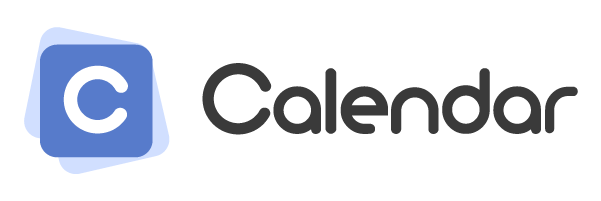
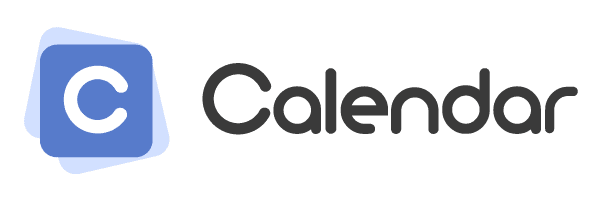
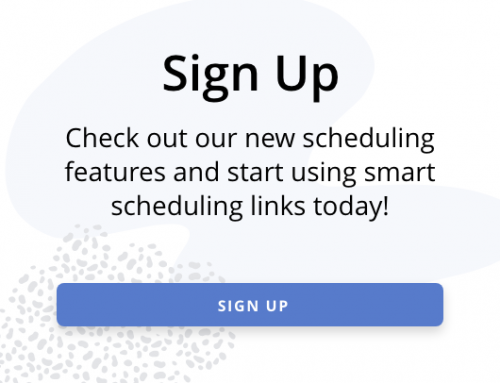



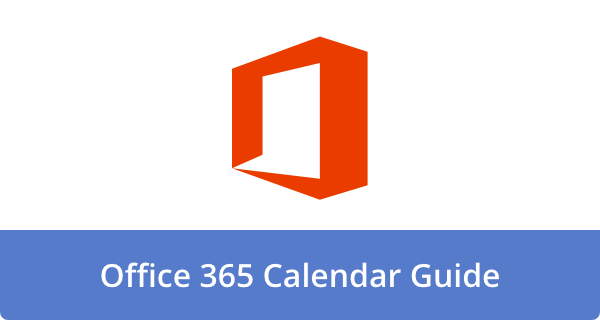
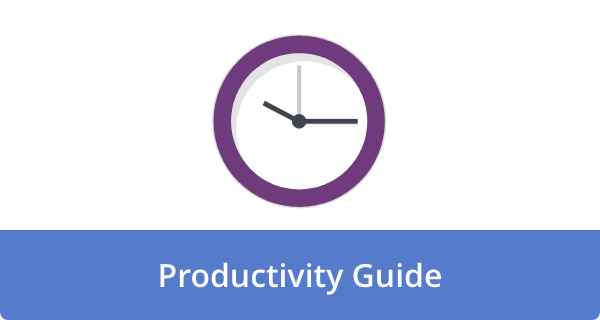

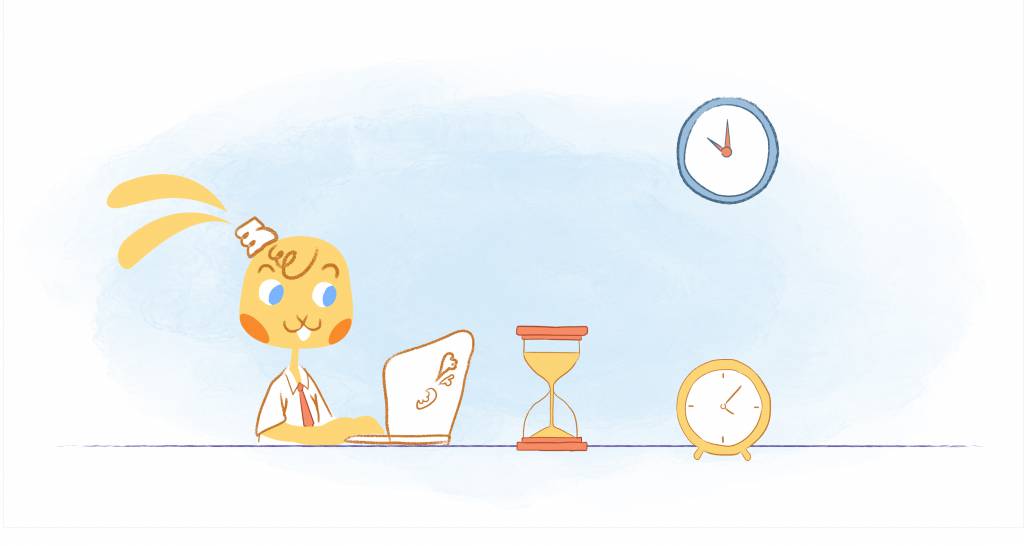

Deanna Ritchie
Editor-in-Chief at Calendar. Former Editor-in-Chief and writer at Startup Grind. Freelance editor at Entrepreneur.com. Deanna loves to help build startups, and guide them to discover the business value of their online content and social media marketing.